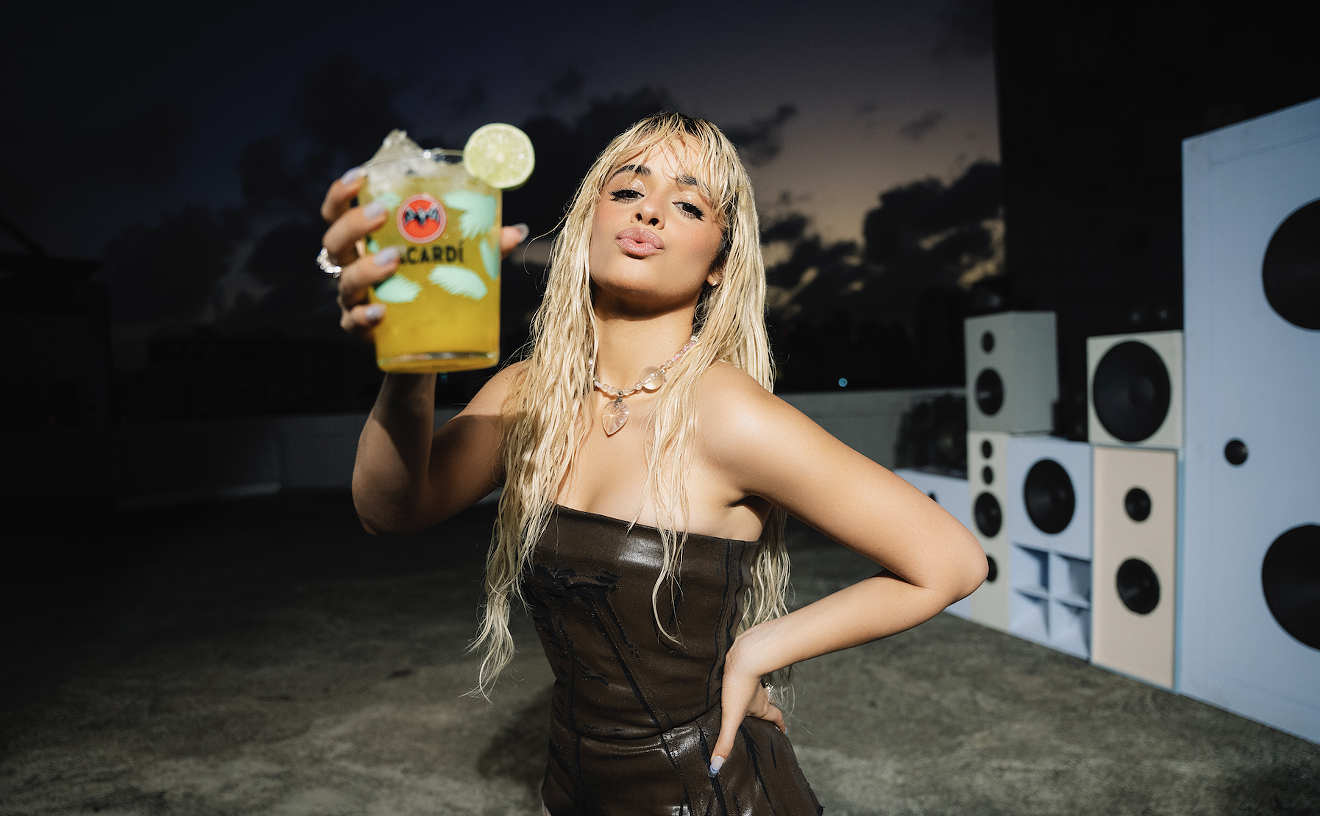Midori Roth, sake sommelier at Zuma, is a lady with some serious smarts. She has Japanese rice wine in her blood. Growing up in Japan and spending summers working at her uncle's factory prepared her to join the ranks of select few who can call themselves sake sommeliers. This "water from God" which has a long tradition in Japan is quickly gaining popularity here in the United States as well. There are even extensive menus that can be a bit scary to those of us who only know hot or cold.
Fortunately Midori took pity and agreed to give us some sake 101. We tried five that, like wine, varied in flavor, color, intensity and alcohol content.
All of it is made from rice. There are two basic types; Futsuu-shuu (the table sort) and Tokutel Meishoshu (premium). Table sake is a lower grade stuff often served without masking the flavors of the added distilled alcohol. Premium, usually served cold, makes up about 10 percent of all production. The rice grains are polished to remove the impurities in the outer layer; the more, the higher the grade. These premium sakes can be broken down into two categories; Junmai (pure) and Honjozo (some added alcohol). Within each category there are three grades; Junmai/Honjozo (basic premium), Junmai Ginjo/Ginjo (mid-premium) and Junmai Daiginjo/Daiginjo (super premium).
Confused? So were we until Midori shared a few tips.
1. First time sake drinker. Try Daiginjo. Fruity and aromatic flavors are close to white wine.
2. Looking to impress a client. Junmai Daiginjo. Elegant, refined and very expensive.
3. Red wine drinkers. Junmai is for you. Full bodied and hearty it can stand up to most Cabernets.
4. Ladies night out. Sparkling sake all the way. Light, sweet and bubbly, just like you.
5. Cheese and crackers at home. For something different try pairing your Manchego with a Ginjo.
Intrigued by the world of sake we dove into the five from Zuma's menu that Midori put out for us. We got progressively wiser and possibly a bit drunk...
Miyaska "Yawaraka", Yamahi Junmai. (basic premium). This lower alcohol sake is sweet and easy to drink. Great with savory dishes like crispy calamari.
Manotsuru, Genshu Junmai Ginjo (mid premium). A full-bodied sake that pairs well with rich dishes. We like Zuma's pork belly skewers.
Kakurei, Daiginjo (super premium). A delicate and light drink with a floral aroma. Works with sushi and sashimi.
Kamoizumi, Nigori Ginjo (unfiltered) A sweet, rich and cloudy brew, this natural elixir will fill you up, so go easy!
Hou Hou Shu (sparkling) A new style of sake with a light sweetness and tiny bubbles, it goes well with any dessert, be it chocolate cake or exotic fruit.
So next time you're eating out and see sake on the menu, remember Midori's tips and take a chance. You won't be disappointed.










